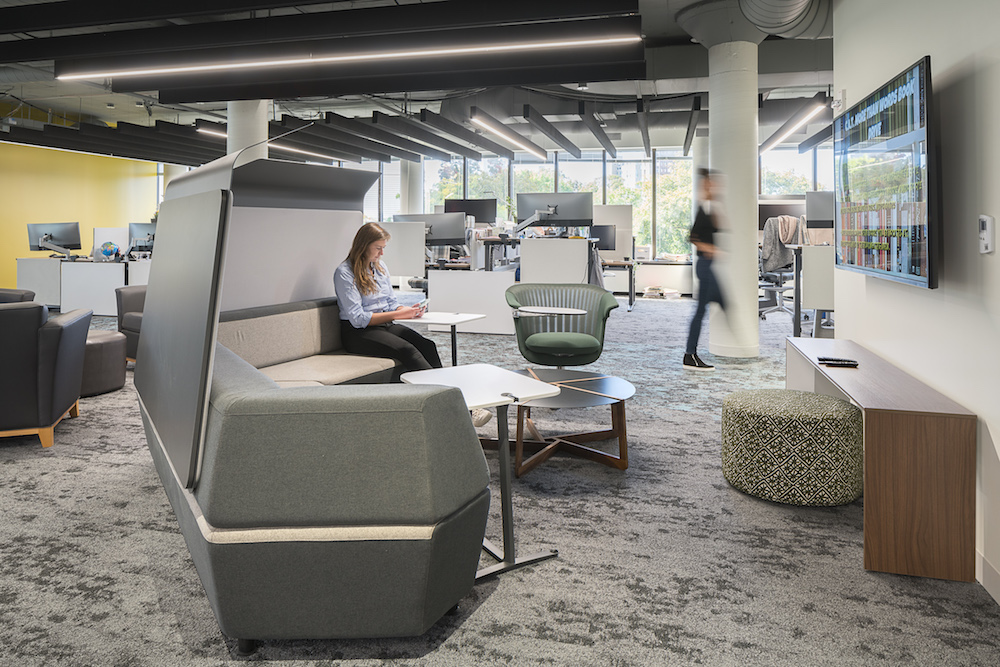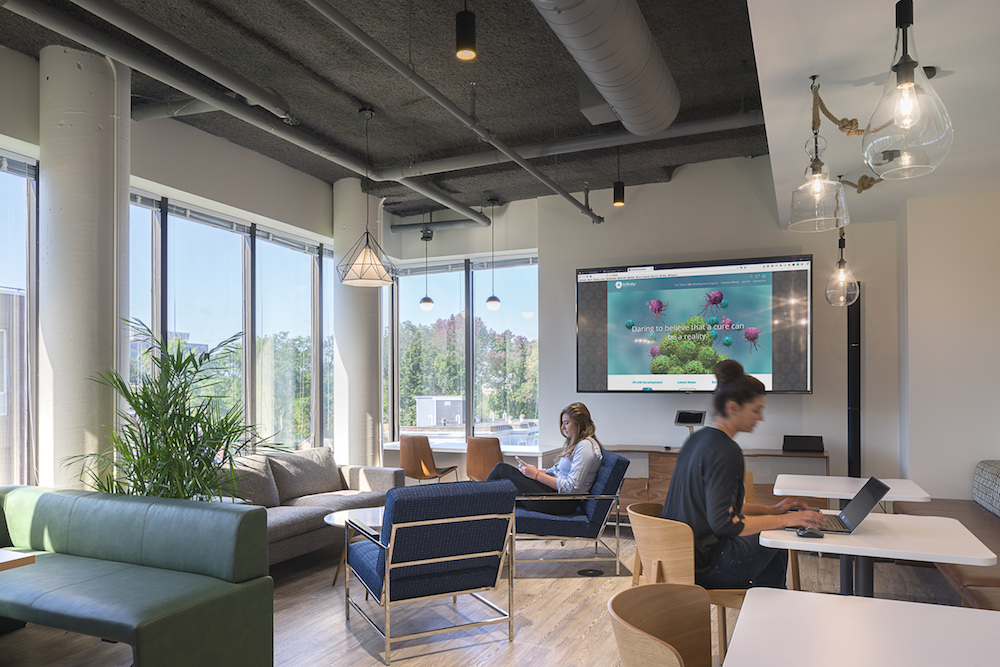Flexibility in the workplace is here to stay, driven by research and surveys that increasingly show top recruits consider flexibility to be a priority, and link it to employee engagement and productivity. A 2019 survey from Boulder, Colorado-based FlexJobs indicated that 80 percent of the 7,300 responding workers would be more loyal to employers who offered flexible work options – trending upward from the 75 percent in the 2018 survey who said the same – suggesting that flexibility is increasingly important to retention prospects as well. And of course, in 2020, amidst the worst global pandemic in over a century, flexibility became a necessary tool for survival for many firms.

2020 has truly tested the limits of flexibility for many companies. Employees who are parents have had to juggle work with at-home schooling. Others have had to take time to care for sick family members. Still others made the move from an urban center to a more remote locale, often taking them further away from the office or headquarters. In the nine months that we have conducted this massive, national work-from-home experiment, many of us have said that we deeply miss our colleagues and daily in-office routines, but just as often we say how much we appreciate having the space in our schedule for exercise or a healthy lunch at a time that works best for us, or to pick up our children from school or daycare in the middle of the day.
Flexibility in the workplace – defined for this purpose primarily as offering the ability to work from home or on a modified schedule – has been trending upward in importance in recent years, aided by new technologies and a growing awareness of both gender inequities for working parents and the long commutes faced by employees who cannot afford to live near their place of work. The pandemic has rapidly accelerated this trend, and as we embark on the start of a new year, companies previously skeptical of flexibility are being forced to consider how to change and grow.
At its core, flexibility is all about choice: the choice to spend two days working at home each week, the choice of what time of day to commute, the choice of where to live. That desire for choice is associated with autonomy making it a common trait among human beings. In the workplace sector, we have an opportunity now to build on what the pandemic has taught us, and create a world where people enjoy more opportunities to choose how, where, and when they work. These choices give employees the freedom to acknowledge that they have non-work responsibilities or interests, which can lead to a more equitable, responsive workplace for all.
Choice can also make the workplace more equitable. For example, as outlined in a November 2020 article in BusinessInsider, there are many working people in the United States who are “secret parents,” i.e. pretending to their employers that they do not have children or minimizing the apparent pressure placed on them by parenting responsibilities. Unsurprisingly, the secret-parenting phenomenon disproportionately burdens women in the workplace. According to federal labor statistics, of the 1.08 million people who left the workforce in September 2020, 865,000 of them were women, just over 80 percent. While many were simply laid off, that doesn’t account for the discrepancy in gender. According to a report by NPR, a good portion quit their jobs because juggling work life and home life in the time of COVID-19 was just not feasible.
Another example of where flexibility can address inequity is in the commute. According to various research sources, Black, Latino and Asian workers typically travel longer distances to work than their white counterparts, sometimes amounting to the annual equivalent of three or four extra 40-hour work weeks. A flexible work structure that cuts someone’s commute from 60 minutes to zero minutes two days a week, or a flexible schedule that allows a worker to avoid rush hour traffic can have a real and meaningful impact. Considering the myriad studies showing commuting long hours every day can take increase stress and reduce productivity, structuring work with options that offer relief should be at the forefront of the conversation.
None of this is to say that providing flexibility will be easy. Policies will need to change, managers will have to relinquish some control, and employees themselves will have to learn to collaborate and be productive across asynchronous schedules, separate physical spaces and a variety of conferencing platforms. At the same time, our workplaces will evolve to reinforce these structural changes, becoming hubs for connection between people, with technology and spaces to support a wide range of work styles.
We are envisioning a future workplace that is both functional and strategic, leveraging new efficiencies to increase opportunities for growth. In some models we’re exploring, a flexible work structure could allow a company to reduce the amount of rentable square footage used for individual workstations and shift the focus from individual to flexible shared spaces. The savings realized from a reduced individual footprint could then be allocated to productivity-boosting collaboration space, or job satisfaction-enhancing amenities.
In the end, we think it will be worth all the growing pains. If this year of remote work has taught us anything, it is that humans have an almost limitless ability to adapt and change, even if we resist at first. Here’s hoping that five years from now, flexibility in the workplace will be the standard, not just an emerging trend.

